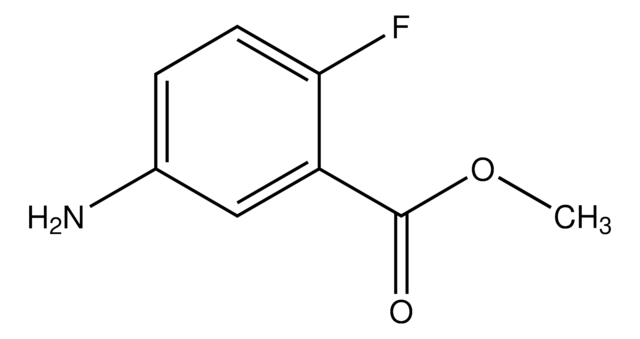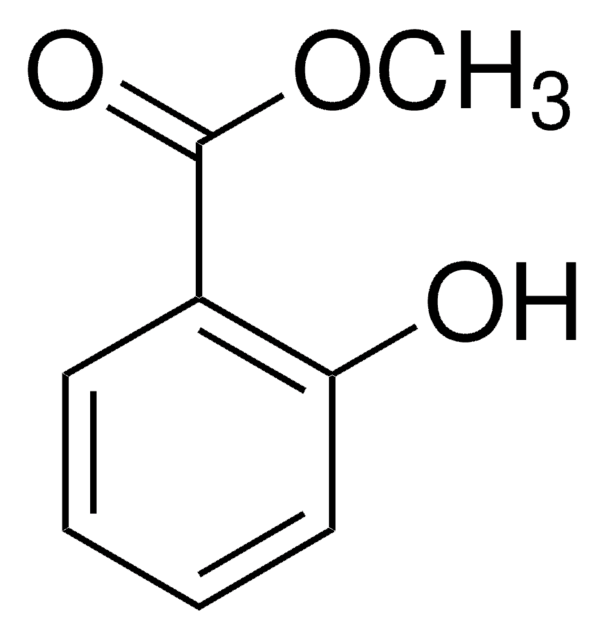L092004
Acetato de etilo
Sinónimos:
EtOAc
About This Item
Productos recomendados
vapor density
3 (20 °C, vs air)
Quality Level
vapor pressure
73 mmHg ( 20 °C)
assay
100% (GC)
form
liquid
autoignition temp.
801 °F
expl. lim.
2.2-11.5 %, 38 °F
refractive index
n20/D 1.3720 (lit.)
bp
76.5-77.5 °C (lit.)
mp
−84 °C (lit.)
solubility
water: soluble
density
0.902 g/mL at 25 °C (lit.)
format
neat
SMILES string
CCOC(C)=O
InChI
1S/C4H8O2/c1-3-6-4(2)5/h3H2,1-2H3
InChI key
XEKOWRVHYACXOJ-UHFFFAOYSA-N
¿Está buscando productos similares? Visita Guía de comparación de productos
General description
Application
- As a solvent for the isolation of Rose hip (Rosa canina L., Rosaceae) powder, via sonication.
- As a solvent for the abstraction of volatile thiols from wine for their quantitative estimation by gas chromatography/mass spectrometry (GC-MS).
- Preparation of thin films of TiO2 (titanium dioxide) on glass.
- As an extraction medium in the multi-residue analysis of pesticide residues in fruit and vegetables.
- Acetylaton of primary amines to form amides in the presence of dimethyltin(IV) acetic acid distannoxane.
signalword
Danger
hcodes
Hazard Classifications
Eye Irrit. 2 - Flam. Liq. 2 - STOT SE 3
target_organs
Central nervous system
supp_hazards
Storage Class
3 - Flammable liquids
wgk_germany
WGK 1
flash_point_f
24.8 °F - closed cup
flash_point_c
-4 °C - closed cup
Elija entre una de las versiones más recientes:
¿Ya tiene este producto?
Encuentre la documentación para los productos que ha comprado recientemente en la Biblioteca de documentos.
Los clientes también vieron
Nuestro equipo de científicos tiene experiencia en todas las áreas de investigación: Ciencias de la vida, Ciencia de los materiales, Síntesis química, Cromatografía, Analítica y muchas otras.
Póngase en contacto con el Servicio técnico










